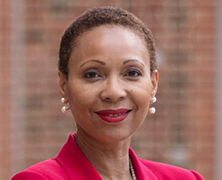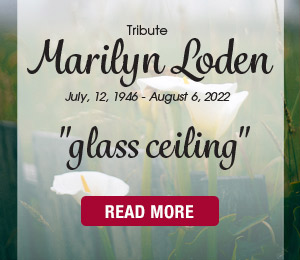Shape Your Own Narrative—and Rise
As I think about the challenges associated with the intersection of race and gender in the workplace, I’m reminded of one of my favorite poems by Dr. Maya Angelou, “Still I Rise.” The poem is about overcoming obstacles for sure, but perhaps more importantly, it speaks to the strength and resolve to shape your own narrative, tell your own story, and embrace your authenticity—no matter what. It’s truly a poem of empowerment and encouragement. In the piece, Angelou writes:
Just like moons and like suns,
With the certainty of tides,
Just like hopes springing high,
Still I’ll rise.
As members of two underrepresented groups, black women represent 12.7 percent of the US population, yet they represent 1.3 percent of senior management in S&P 500 firms, and 2.2 percent of Fortune 500 boards of directors. Harvard Business Review (HBR) recently published these findings in an article titled “Interviews with 59 Black Female Executives to Explore Intersectional Invisibility and Strategies to Overcome it” by Alexis Nicole Smith, Marla Baskerville Watkins, Jamie J. Ladge, and Pamela Carlton.
Some of the challenges these executives faced include being the best choice for the job, but not being on anyone’s radar, having to “blend” and disconfirm negative stereotypes, having to fight low expectations of skills and abilities, being excluded from social activities, and feeling physically visible yet cognitively invisible.
In other words, where race and gender intersects, challenges can be daunting and working to overcome them exhausting. Yet, these black women successfully navigated their challenges and demonstrated incredible resilience. Some maintained their status, while others ascended the ranks. I celebrate their amazing spirit and ability to achieve against the odds.
However, collecting better data on how intersection impacts performance can help to improve outcomes. This means having a firm commitment to addressing barriers that marginalize talent and therefore impede success—barriers such as institutional mindsets, assumptions about capabilities based on race and gender, creating policies and procedures that support development and advancement in equitable ways.
And finally, acknowledging the effects of implicit biases on business decisions. These steps can accelerate true inclusion and ensure that organizations remain competitive.







